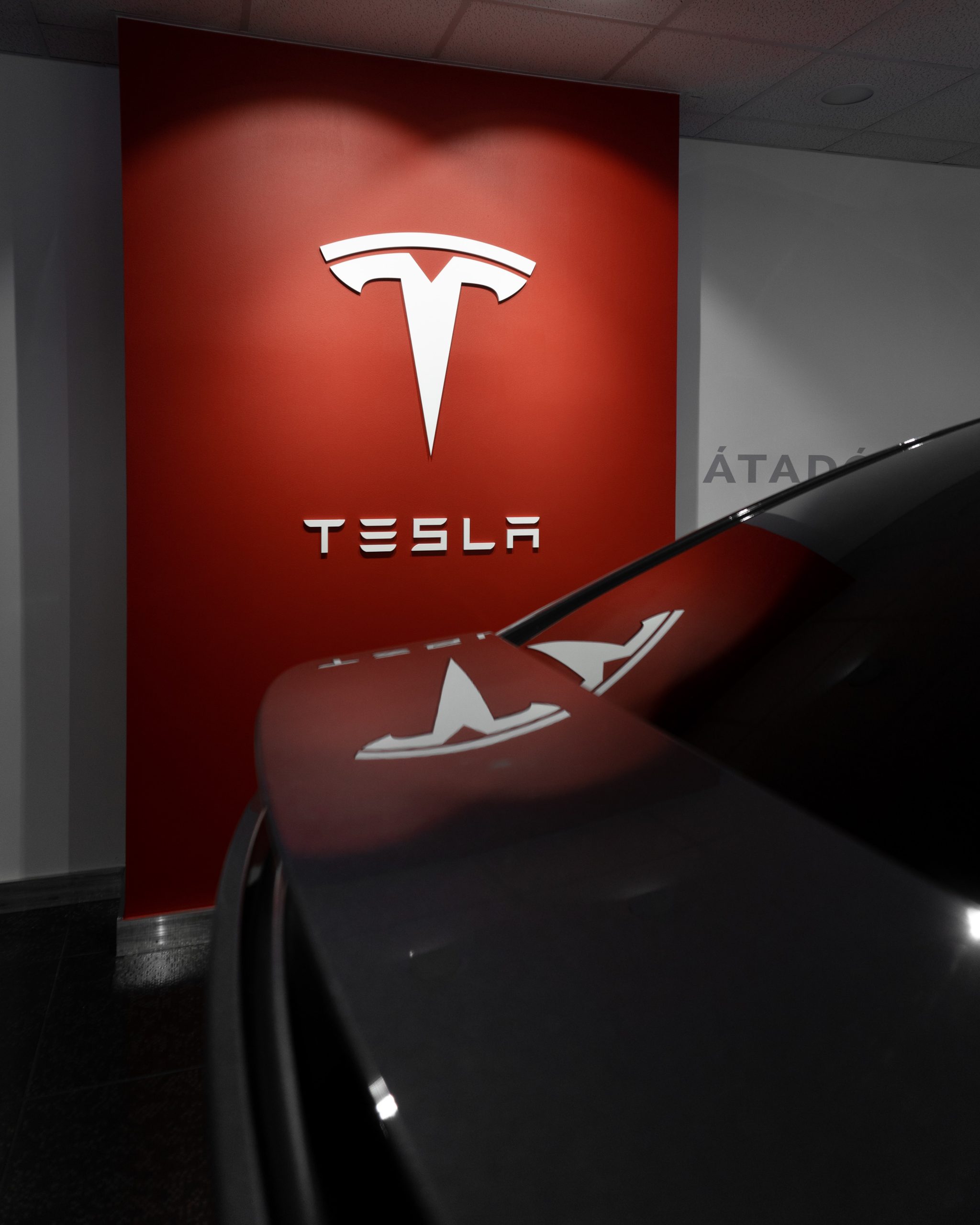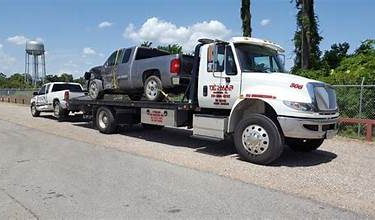Tesla’s Autopilot feature has come under scrutiny once again after another deadly crash in the United States. On April 17, 2023, a Tesla Model S crashed into a truck in Arizona, killing the driver and passenger. The vehicle was reportedly in Autopilot mode at the time of the accident. This marks the third fatal crash involving a Tesla vehicle on Autopilot in just over a year.
The incident has reignited concerns about the safety of autonomous driving technology and the need for stricter regulations. While Tesla has maintained that its Autopilot system is safer than human drivers, critics argue that the technology is not yet advanced enough to handle complex driving scenarios.
The National Highway Traffic Safety Administration (NHTSA) has launched an investigation into the crash. In a statement, the agency said it will “thoroughly investigate the accident to determine whether the vehicle or any of its systems performed in a way that contributed to the crash.” The NHTSA also stated that it “continues to urge all drivers to pay attention to the road and their surroundings while driving.”
Tesla has also responded to the crash, stating that it is cooperating with the NHTSA’s investigation. In a tweet, Tesla CEO Elon Musk expressed his condolences to the victims’ families and emphasized that “safety is our top priority.” However, Musk also defended Tesla’s Autopilot system, claiming that “the data strongly indicates that the Autopilot feature reduces the probability of an accident by 50%.”
The incident has once again raised questions about the regulation of autonomous driving technology. While some argue that the technology is not yet ready for widespread use, others believe that stricter regulations are needed to ensure the safety of both drivers and pedestrians.
In 2022, the U.S. House of Representatives passed the SELF DRIVE Act, which aimed to provide a framework for the regulation of autonomous vehicles. However, the bill stalled in the Senate and has yet to be passed into law.
In the absence of federal regulations, individual states have taken varying approaches to the issue. Currently, 29 states have enacted legislation related to autonomous vehicles, with some allowing testing of the technology on public roads and others requiring a human driver to be present at all times.
Experts in the field of autonomous driving technology have called for clearer regulations and industry standards to ensure the safe development and deployment of the technology. They argue that a unified approach is needed to address the many technical and ethical challenges posed by autonomous vehicles.
In addition to safety concerns, the incident also raises questions about the ethical implications of autonomous driving technology. In the event of an accident, who is responsible – the driver, the vehicle manufacturer, or the software developer? What ethical considerations should be taken into account when programming autonomous vehicles?
As the technology continues to develop, it is clear that these questions will need to be addressed. The incident in Arizona serves as a tragic reminder of the potential risks and challenges associated with autonomous driving technology, and highlights the need for continued vigilance and regulation in the field.




